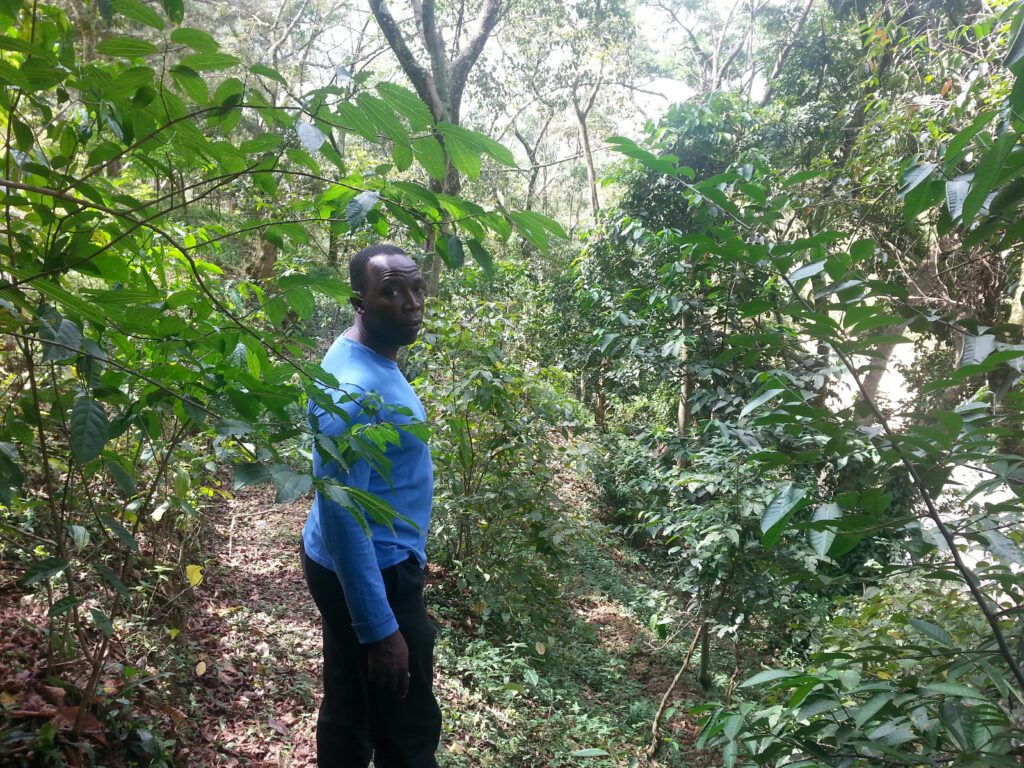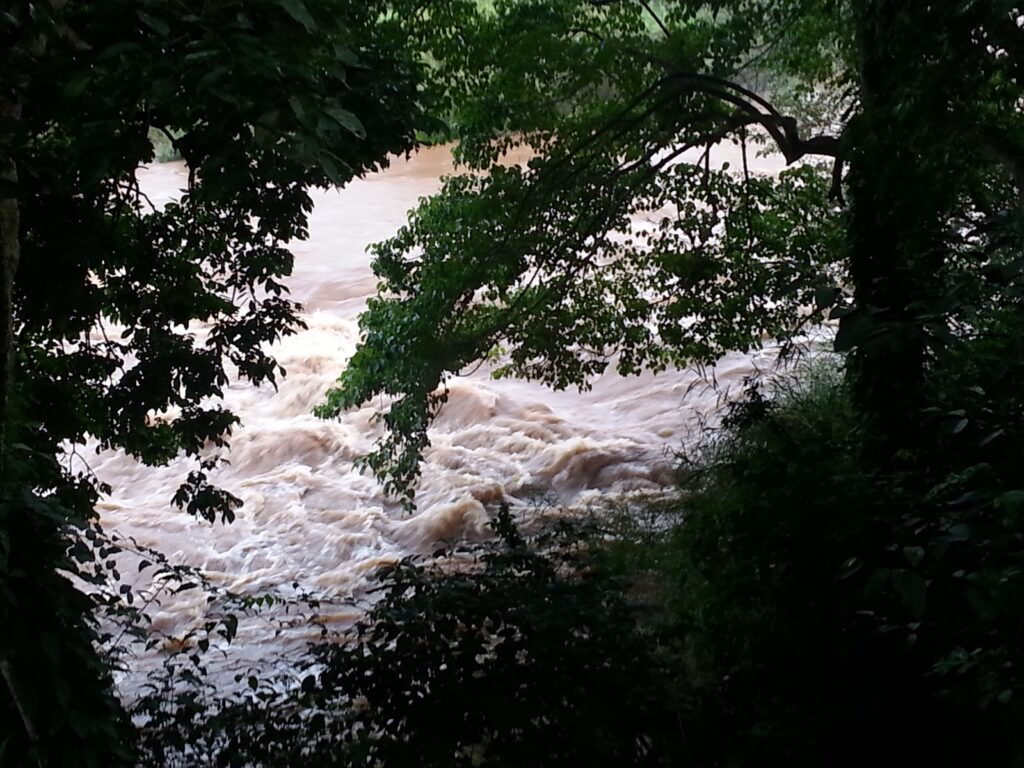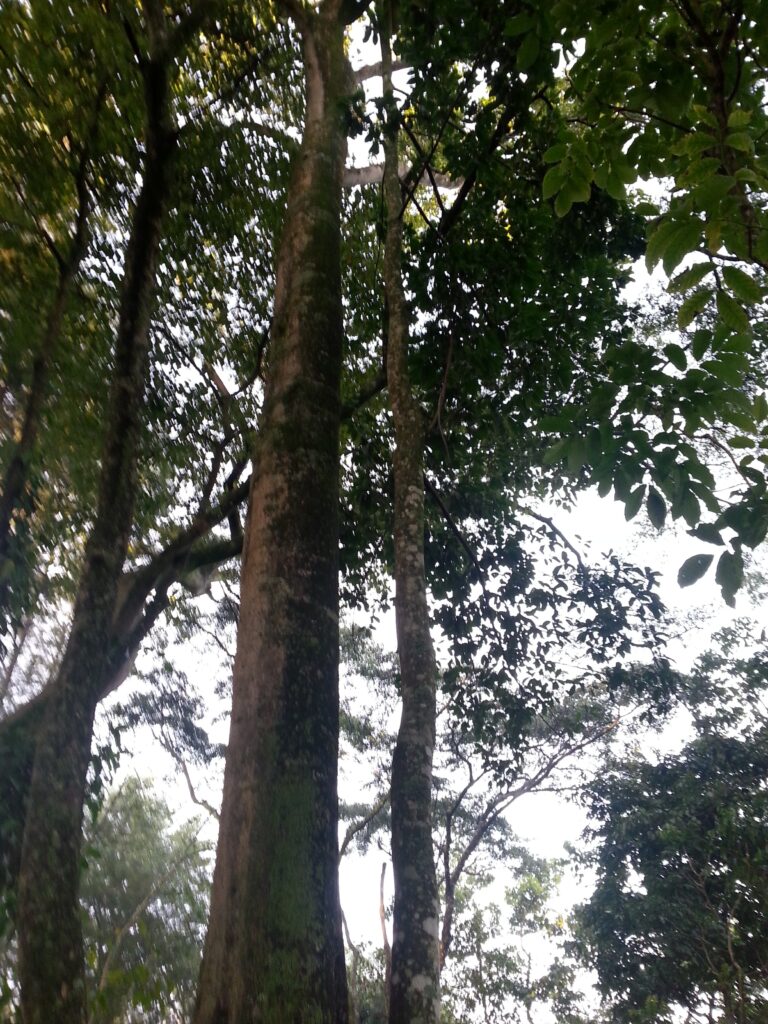“Until you dig a hole, you plant a tree, you water it and make it survive, you haven’t done a thing. You are just talking.” Wangari Maathai
I met a man named Odera in Kisumu. I was told that he owned an island on Lake Victoria and that really got me nosy. Any claim to owning an island is an immediate conversation starter and leaves one hell of a first impression. It sounds so posh. Something Sir Richard Branson-esque about how those words roll off the tongue. Saying you own a 100 acres ranch sounds gross. But island is just around about way of saying, “I own a boat and I am sorry, my life is grand”. Besides the privilege telling anyone who bothers to ask that he owned an island, Odera wanted to plant some trees. I know a little more about trees than islands and that got me stirred up.
I cannot really remember when I was not into trees. As a child I loved climbing them and every parent expected their boys to be out climbing trees. The taller the better and nesting on top branches was part of the play routine. If there was fruit in the tree, it was always a necessary challenge. Sitting on a tree munching on guavas was the only thing that could rival a dip in the river on a hot day. Trees were our playgrounds.
I was raised in an environment where trees had many functions. In the rural home, people gave directions using trees. People understood their characteristics and their peculiarities and everyone knew them by name. “Hang a right after the huge Mugumo. You can’t miss it”. Old and huge trees were a common sight. They occupied a dominant position in many homesteads and signified the beauty of a home. Under their canopies is where children sat in anticipation of a story and played. Where the elders had a drink, smoked and resolved disputes. Where teenagers courted and danced. Routines of life happened around trees.
In my early teens, scouting opened me up to new adventures in Nairobi’s Ngong forest, my first time in a large forest. The Ngong Forest would become the location of an important rite of passage. The scout leader was determined make men out of a disparate group naïve boys seeking adventure. Of the various tasks that tested our resolve, the toughest was standing guard at night in two hours shift, marshaling the camp fire and looking out for, “God knows what”. I guess it was his man-up routine. I was afraid of the dark and the forest was always painted as a place for sinister happenings. At 11 years I consciously confronted all those gory images I had internalized from TV. The dark woods where evil stalks. I was scared shitless by a hyrax that shrills like someone is driving a knife up their gut. Fortunately, nothing dramatic happened on the two nights and we marched out of that camp with a learned respect for the forest. I would carry the habit of forest hikes into adulthood. In Mt. Kenya forest, I encountered what I came to call ‘deep forest’ when you arrive at the humbling understanding that you were an insignificant intruder in a forest of trees at the mercy of whatever forces lurked within.
Through these numerous experiences, I never imagined that I would one day become an amateur forester. It happened quite randomly. I inherited a forest. It was family land but I was the one with time and the artistic latitude to google up phrases such “How to create an Arboretum”. The piece of land is about 2.5 acres, most of it sloping steeply into the banks of the choppy waters of river Yala in Siaya county. I am fortunate to have had parents who loved trees. On the regular trips to the village, there were always tree seedlings en route to a new home and I became an eager apprentice.
The land that offered the best promise for a forest was choking with bush. It was too steep and rocky to be any good for agriculture. The scattered trees were outstanding and we concluded that if we could get rid of the bush and leave the trees, plant some grass, it would make a lovely site for a picnic. The bush was mainly composed of the latana weed, an invasive and worthy adversary as any forester would want. My brother and I launched our landscape campaign with the brute resolve to slash the life out of the bush with the sole purpose of discovering new water fronts and places we could swim. We only had access to two swimming spots and we were determined to discover a new beach and exploit the naming rights that come with it.
The bush housed many things, among them pythons and monitor lizards, two symbols of evil. I would soon discover that despite that prehistoric, dragon look, monitor lizards were pretty harmless and out rightly scared of humans. They simply fled on sight. Pythons in their wisdom, limited contact with humans and were rare sighting as they sought new cover. The objective was to create a park, with manicured grass where we could serve cocktails by the riverside to honeymooners. It was easy money or so we thought.
The journey was frustrating. We thought it would take us three months of concerted effort. It took us 7 whole years to nurture the forest. The faster you cut the bush, the quicker it regenerated. Bigger, stronger and greener. We started chopping the lantana bushes at their base, a selective elimination of a plant species that was a parasite. At some point we realized that we were fighting a losing battle. The bush was well adapted to the zone. Nothing could keep up with rate of growth. The only way was to up root the stubborn weed. It would be painstakingly slow but the effects would be lasting. Therefore we started, one root at a time. Chop to the base and then uproot. We noticed that the shrubs had a very major function. Underneath, the ground was dry and rocky. Lantanas thrive in very poor soil and were performing a very important function preventing soil erosion.
With the bush diminishing, we seemed to be nearing our mission of establishing a eucalyptus forest. We would have so much timber that we would be laughing all the way from the saw mill. Eucalyptus was supposed to be a relatively easy tree to grow. But the trees would die in their hundreds. Many just withering. Not enough water. Too much rain, relentless termites, stray cows plodding over a tree nursery and host other reasons that we summed as occult activities of our envious neighbours. Plants should die in nurseries, not out in the field.
We tried cypress trees but the termites got to the slow growers. Those that surpassed the termite assault gained significant height but they were incredible vulnerable to strong winds with their shallow rooting, tipping over frequently posing a new hazard around the home. The only trees that seemed to be thriving without our intervention were the indigenous species. They were lanky, sturdy, flexible often crooked but healthy and alive with bird life.
As we continued to attack the bush, we realized that there were little tree saplings reclaiming the open spots. In the forest, leaves fall, rot, form soil and sprout seed that had laid dormant for seasons. We began to become very deliberate in how we slashed the bush. Always keenly watching to avoid the tree saplings. In time, they started to reveal themselves and they were huge trees.
The forest had its own intentions. Birds, such as barbets and green pigeons would consume the fruits and deposit seed by droppings, often on to other trees. The seeds then germinate and rely on the host tree for nutrients until their own roots reached the ground. Every forest needs its monkeys. The cunning Vervet monkey is every farmers’ nightmare. I can share 10 ways to repel monkeys that do not work but they are also some of nature most efficient seed distributor. Six years later, a forest would form largely self-propagated and well adapted to the terrain. Nature was hard at work reclaiming its place and we were proud to have been part of the process.
I have learnt some valuable lessons in 10 years as an amateur forester. Our job is not just to plant trees. Our bigger task is nurturing. Anyone can stick a tree in a hole in the ground. But to see a tree grow to maturity takes another level of commitment. As the forest grew, my attitude changed from master to servant. Trees are living entities that respond to trial. Season after season, year after year, the trees would make adjustments, adapt and find new innovative ways of dealing with the challenges that life presented.
Trees that were always crooked would grow straight in cooperation with the competition reaching for the sky. We watched others branch out in all directions to create stability on a precarious slope. They would bend but never break and their strength came from their struggle. Every seedling emerged from the ground with meaning and purpose never afraid to grow or defined by the circumstances around it. Trees ultimately expressed their own nature, accepting things they could not change and thriving despite the odds stacked against them. We could only be caretakers and custodians and follow the forests wisdom.
The forest is constantly regenerating, making purposeful decisions and nourishing all that exists within it. Nothing goes to waste and everything has a role and purpose in the forest cycle. I hope to one day to pass it on to a successive generation of custodians, our grandchildren so that they too can learn from the wisdom of trees.
“To stand tall and proud, go out on a limb, enjoy the view, remember your roots, drink plenty of water and be content with natural beauty”.
But to get started trees need our intervention.
So how many trees have you nurtured lately?



